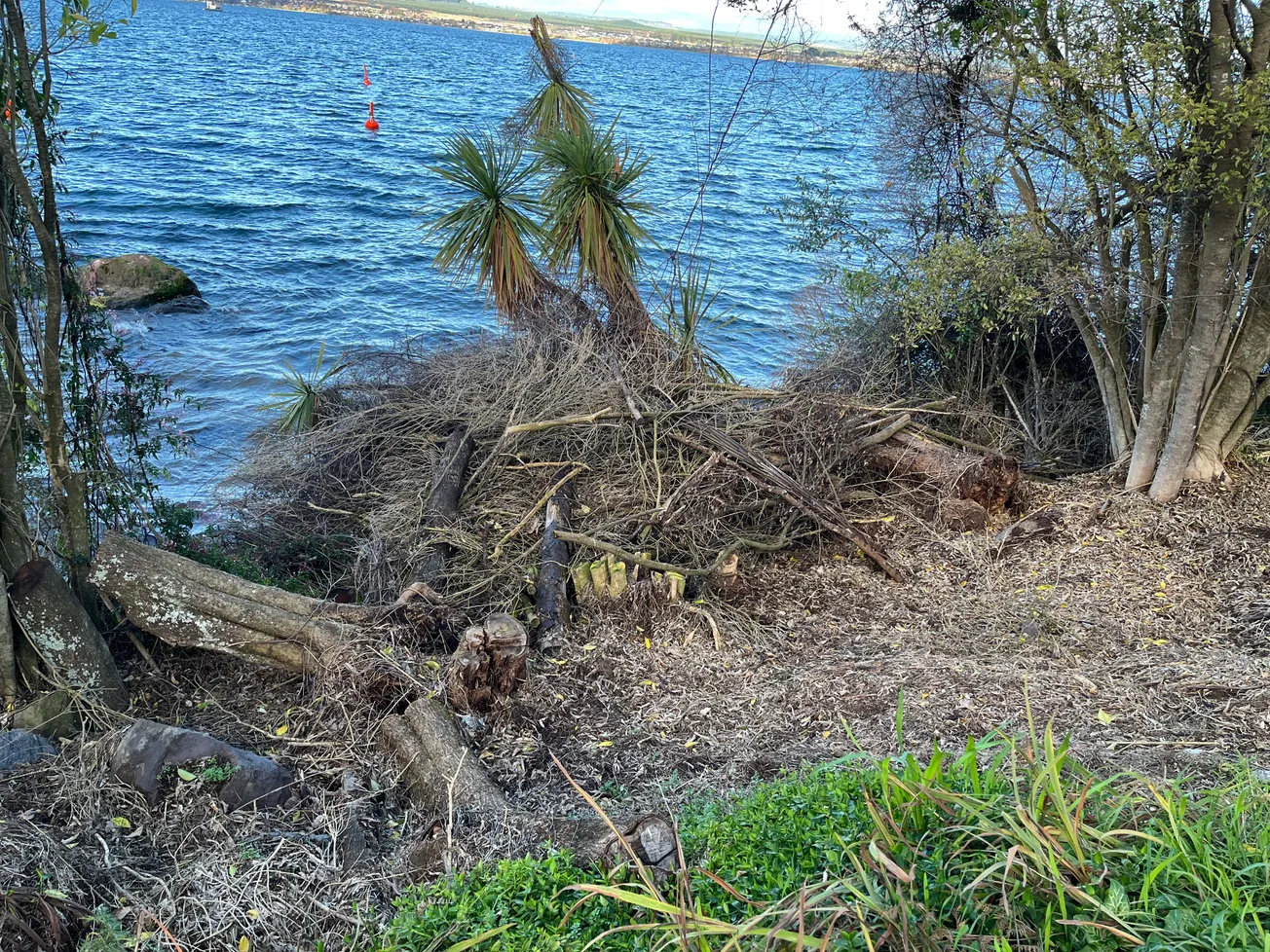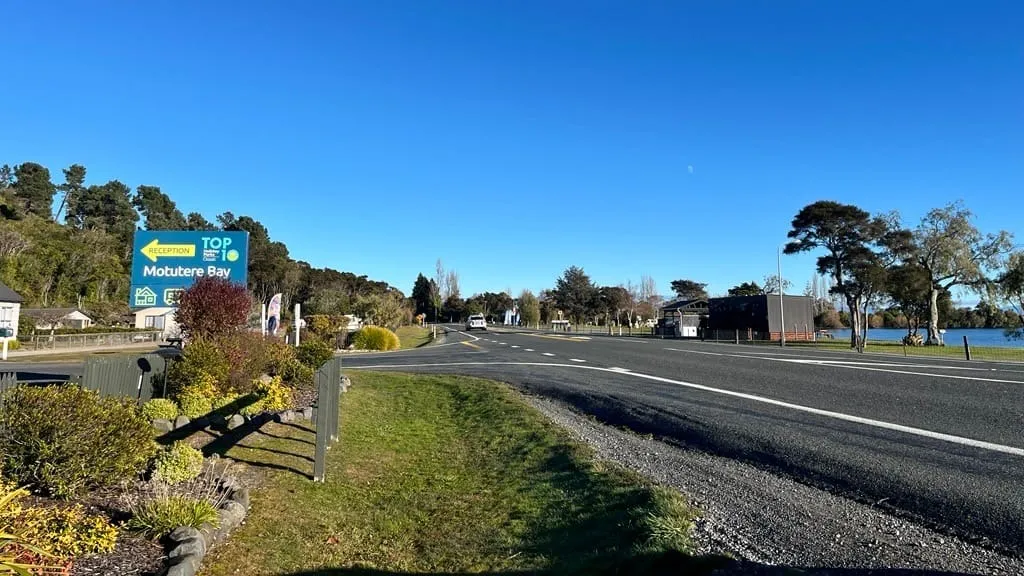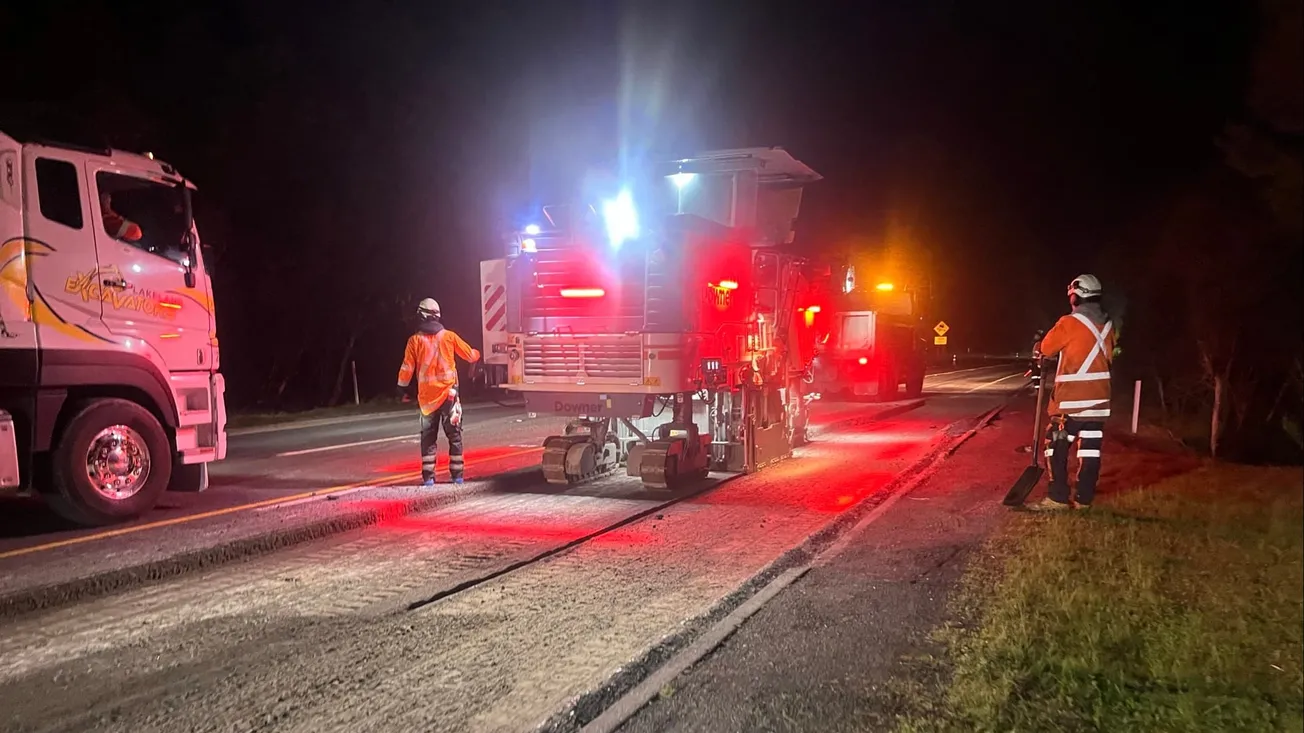Ethics are important to Jane Arnott – she's been presenting and writing on ethical governance for nearly 20 years. Conservation advocacy is another passion.
So, when the Acacia Bay resident sees a lack of action on upholding the public status of council reserves near her home, it gets her a bit riled.
Encroachment Issues
The owners of expensive homes in Acacia Bay, including one whose garden encroaches on the lakeshore reserve – despite a land swap proposal being turned down over 10 years ago for the section – are either appropriating reserve land into their sections or cutting down native trees on reserves to maintain lake views.
Arnott believes local bodies, like the Taupō District Council, are deterred from using the full force of the Reserves Act 1977 because they are hesitant to get involved in legal action with wealthy landowners, instead opting for relatively small immediate fines.
Legal Framework
Under the Reserves Act wilful damage to trees or excavating soil on a reserve can result in the forfeiture of equipment and up to a year's imprisonment or a fine up to $100,000, or both (a $5,000 fine if it's a bylaw breach).
Where the offence is a continuing one, there is provision for a further fine not exceeding $10,000 for every day the offence continues, (or $500 for bylaw breaches).
Lack of Action
Arnott said she recently contacted the council about a reported investigation from 2019/2020 into one reserve encroachment but was still awaiting a response.
"This is about leadership. It's about the settings, and it's about having trust and confidence in the leadership." Sustained inaction was a message to council employees that they don't have to do the job, she said.
"That they're not responsible and that they're not accountable if they don't follow through in managing our reserves in a way that is fair and reasonable for all. And the problem, if you don't have accountability, is it perpetuates a culture of disengagement, and anything goes, doesn't matter, and that in turn enables backhanders and ultimately corruption." The council had been supplied with evidence for years, she said.
"And they do nothing. It is questionable."
Impact on Public Access
Gardens or stairways that merge into the reserve, the removal or obscuring of reserve markers, or homeowners putting up ambiguous private property signs discouraged people from using parts of reserve walkways.
"I have had guests staying at my home, who have said to me, 'Can't you get to the lake from your home?' Which is just astonishing." Landowners needed to clearly define what was private property and what was reserve.
"They need to put a fence up and be honest."
Specific Examples
This could be just a low post and rail, she said. At one end of Te Kopua Point Reserve walkway, she demonstrated you could stand on one manicured front lawn and technically be on the reserve, with a now unobstructed view of the lake, township and Mount Tauhara.
"It's a lovely lookout. It's the highest part of the bay, so to have a nice seat here, a look out there, and a nice walking track up to this point would be lovely. But that is a total insult, having a track like that, because they (the section owners) bulldozed (dirt over) the original one."
Recent Incidents
Arnott has also recently met a Taupō resident who caught red-handed two men sawing and knocking down trees in another part of the reserve during the summer.
She said TDC were notified at the time, and the person addressed the men who advised they had TDC permission, but both then retreated to a house near the reserve. The resident was happy to identify the men and take the TDC to their home, she said.
Council Response
The Taupō District Council has been contacted with Arnott's concerns and for the results of any previous investigation into encroachments onto lakeshore reserve in the area.
Lake FM understands the council's manager strategy and environment, Warrick Zander is now proposing to discuss how the council will handle reserve encroachments at a planning meeting this month with a public workshop to follow at a future date.






